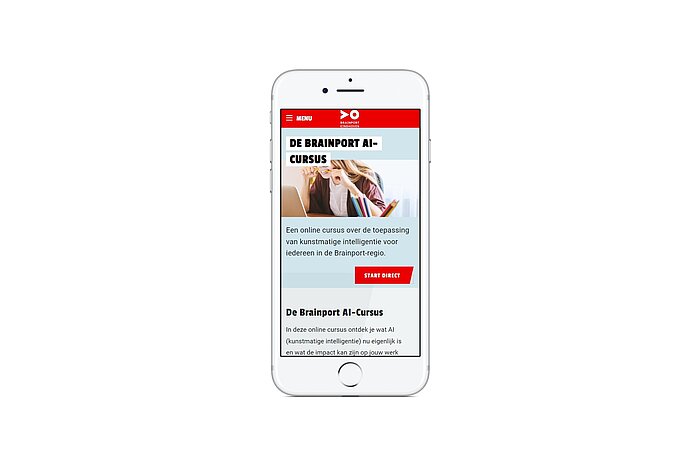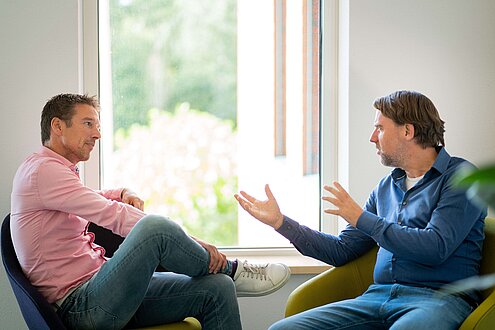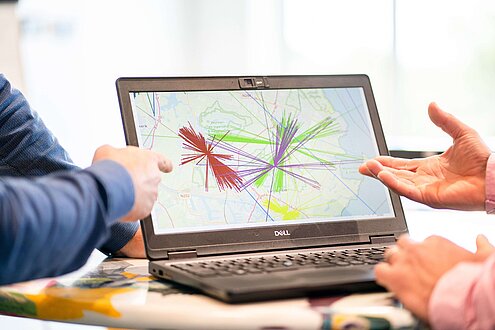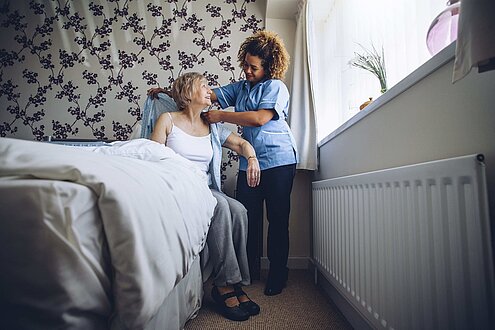More time for real care with A.I.
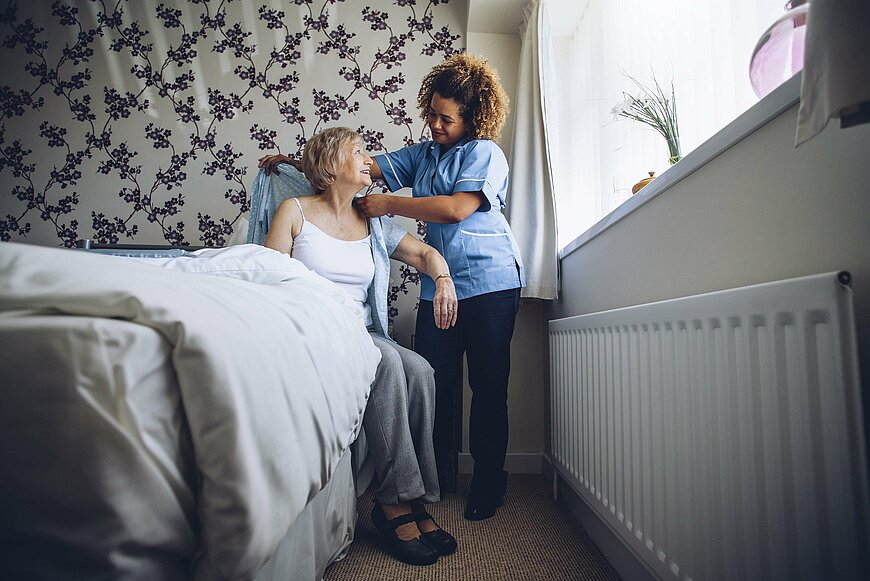
The Brainport region is bustling and bursting with innovations. Countless startups and larger organisations work together here. On the development of new ideas that move companies forward, or make the world a bit happier. But did you know that many people today can experience at home what is being invented in the region? CSU, for example, is one such Brabant-based organisation, which we all know through their cleaning and other facility services. But they do much more. For instance, sister organisation Tzorg, with some 12,000 domestic workers, provides help to 60,000 Dutch people who need extra domestic support. Tzorg finds it important that every available minute is spent optimally on these care tasks. And they have come up with something for that.
Smarter routes
Kos Fourkiotis, Innovation Manager at CSU and Tzorg explains, "imagine; you are a domestic support worker and you live in the city centre. You go on Mondays to Jip who lives in the north, and then you drive south to help Anna. The following day, you start at Anna's sister's house who also lives in the south, and then you drive north again to help Freek. By looking more closely at where the demand is and combining routes more intelligently, we avoid unnecessary travel time across town. We can now spend that time with our clients. Such a process for sixty thousand addresses, of course, is complex. That's why we enlisted the help of Pipple".
Pipple is another Brabant-based company that uses maths to make the world a little nicer. They do this using artificial intelligence or Artificial Intelligence (AI). The basis of AI is that the computer independently performs tasks that would normally require human intelligence or interaction. An AI model can read photos and video images and interpret text. AI software is can learn by itself and creates new insights and solutions that our own brain cannot come up with.
Kees has a dog and Karel is allergic
"We started with an analysis. This showed that, for example, a lot of information was only in the planners' heads. You can't automate what's in your head, so by capturing everything in data, you can let the computer solve the puzzle. And that, without human interaction. That saves time, but software also often comes up with solutions that our brains can't come up with. The ultimate innovation is that we can use our employees' hours more optimally. This time goes directly to our clients.
For our planners, the start was quite difficult. The software came up with solutions that the planners saw were not the best idea. Such as "client Kees has a dog, and carer Karel is allergic". Through our discussions with the planners, we found out what data is relevant for the best result to efficiently calculate routes between clients. So we added allergies and pets to the data, for example. By deploying smarter models, you not only spend less time in traffic, but also increase the amount of care and its quality.
